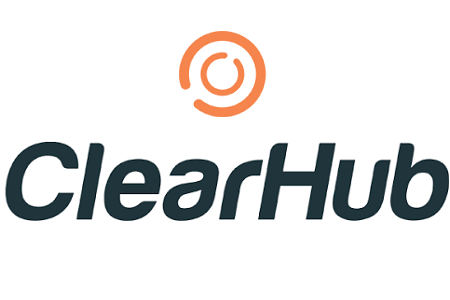How to Display Excel Spreadsheets on a TV Screen
For many, Excel spreadsheets are a no-nonsense way to keep track of your business KPIs. Whether you want to track company revenue, sales team performance or key marketing indicators, Excel is the go-to tool for many business leaders who want a simple way of monitoring the metrics that matter. However, you may have noticed that Excel is not the most effective way of getting your team to take notice of your KPIs.










